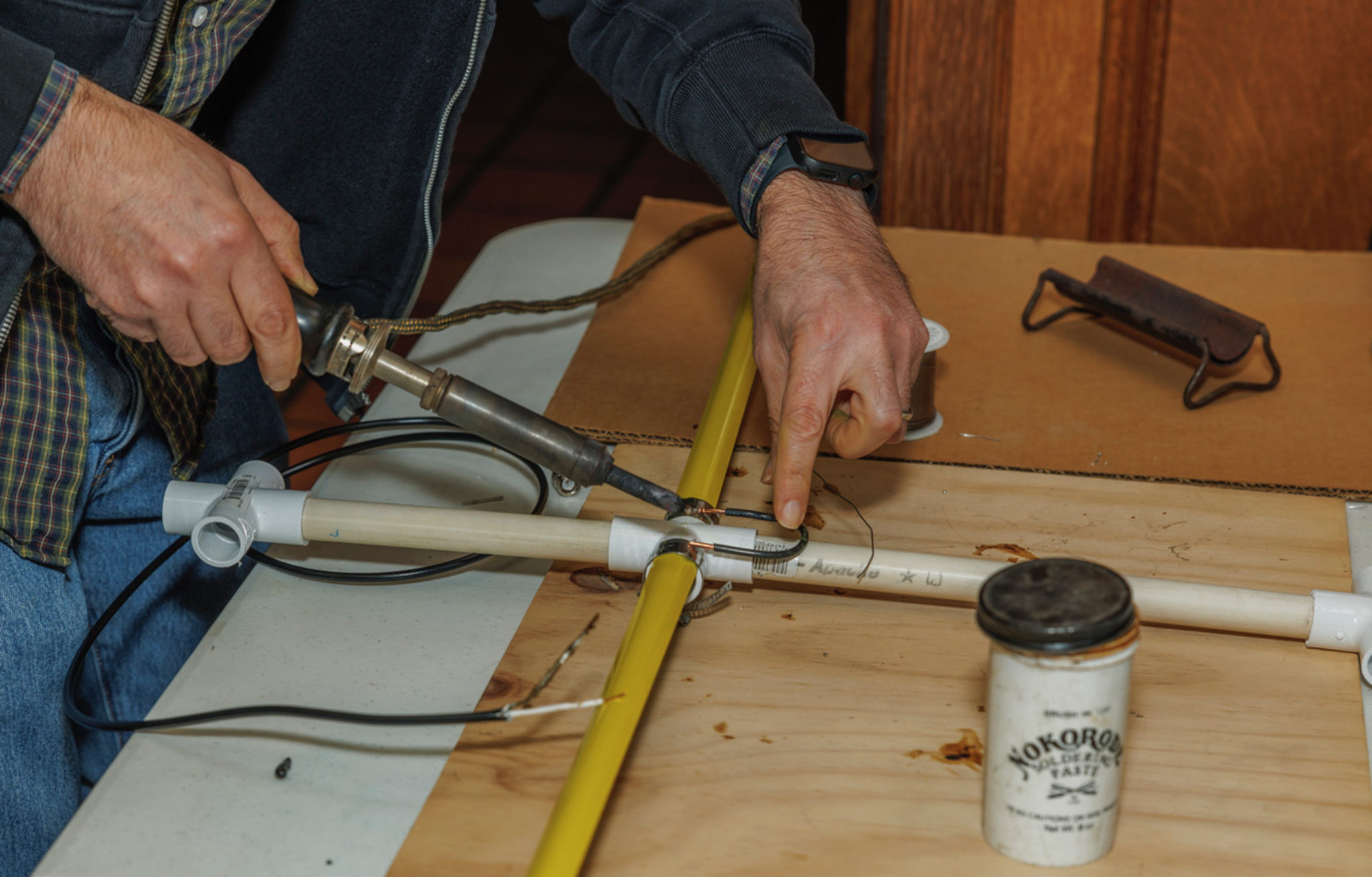At our past two monthly meetings, lucky SPARC members have gone home with a speical door prize: the Pixie 40m CW transceiver. The Pixie is a low-cost way to send and receive CW on the 40-meter band. “CW” and “Morse code” are often used interchangeably, but technically CW refers to the method of transmitting a radio signal (“continuous wave”), and Morse code is the series of audio tones being sent over that signal (the famous “dits” and “dahs” or dots and dashes).
CW is an effective way to communicate over long distances with low power, but today’s hams can spend years in the hobby and never use it. Since 1991 it’s been possible to earn an amateur radio license without passing a Morse code proficiency test. The FCC dropped Morse code requirements from all license classes in 2006. Having those Pixie transceivers around has spurred some club discussions about CW both in person and during our on-air nets.
On a recent net, Tim WA0PTC explained the procedure known as “zero beating.” Essentially, it is the process of making sure the sender and receiver of CW signals are both on the same frequency. The ARRL’s Doctor Is In podcast has an entire episode on zero beating.
If you’d like to learn Morse code and give CW a try, Mike Dinelli sells a book called The Art and Skill of Radio-Telegraphy, which some refer to as “the bible of Morse code.” There is both a free version and an updated edition available for purchse.
Communicating via Morse code may seem like a relic in the age of smartphones, but certain engineers at Google disagree. The company’s Gboard keyboard for mobile devices (available for both Android and iOS) has recently added a Morse code option. And in order to make learning Morse easier, they’ve released a game called Morse Typing Trainer. Google claims the game can teach you Morse code in under an hour. The addition of Morse to Gboard is an attempt to improve the accessibility of devices like phones and tablets.
To supplement the Typing Trainer game, Google released a poster with the game’s mnemonic images. Click on the version at the bottom of this post to download a printable PDF.
Updated 11/18/21: Here’s a page from texting company Emissary.ai with context and history sent to us by Corrine Jackson.
Updated 09/20/18: In the September edition of the Pasadena Radio Club Bulletin, Paul Gordon N6LL lists a few other CW resources.
- The CW Operators’ Club (CWops) conducts a CW Academy via Skype.
- Stephen C. Phillips wrote Morse Code Trainer software.
- Morse Runner is a contest emulator.
- RufzXP provides challenging practice copying call signs.
- Morse Camp assumes you already know the code and focuses on speed.
- Learn CW Online (LCWO) is celebrating its tenth anniversary this year.


